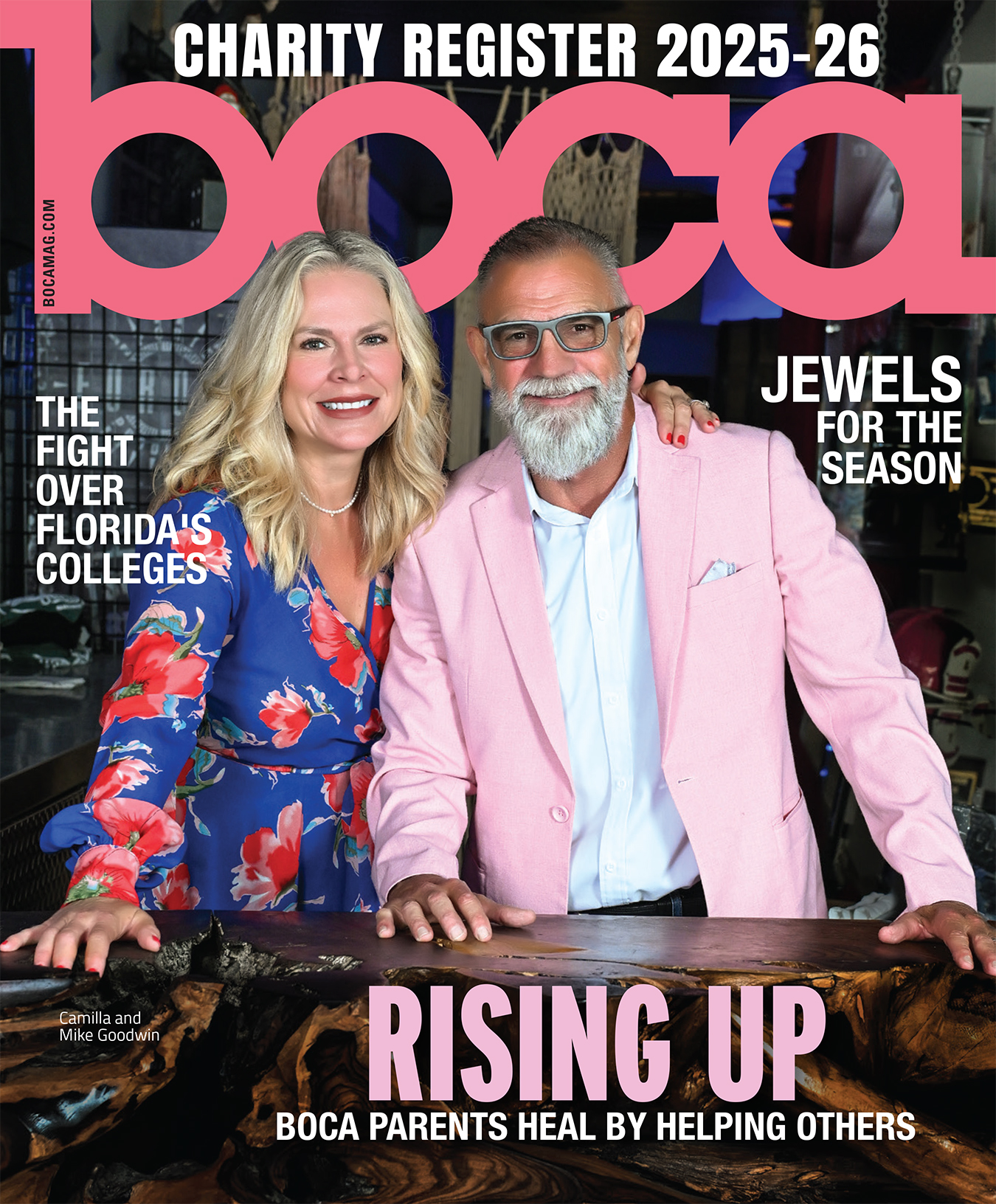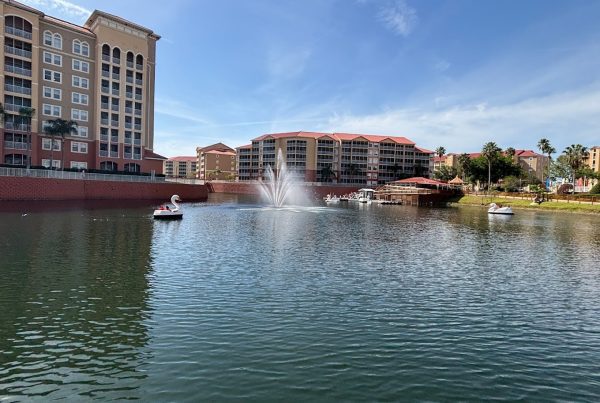Maren Hassinger knows how to upcycle.
As part of her new, grant-funded installations at the Boca Raton Museum of Art—projects whose painstaking rigor took months to complete—the New York-based sculptor and video/performance artist has literally breathed new life into her mission of thought-provoking, community-inspiring reuse and rejuvenation.
Take “Love,” for instance. The immersive installation is the first thing visitors to the museum will encounter for the next several months. Hassinger collected hundreds of pink plastic shopping bags, filled them with “human breath and love notes,” and attached them to the walls of the hallway leading to the ground-floor galleries. The objects completely cover the space, creating a palpable, and frankly mystifying, cocoon of warmth.
We can only take Hassinger’s word for it that she infused the sterile objects with human breath, but it’s not a difficult sell: They exude a euphoric depth of feeling. Everybody hates planet-killing plastic bags, but these feel somehow cleansed.

Walk through “Love,” and you’ll be in the right headspace for “Tree of Knowledge,” an epochal achievement created this past summer with assistance from local schoolchildren. Inspired by the iconic banyan tree in Boca Raton’s historic African-American Pearl City neighborhood—a place Hassinger eloquently called “an oasis of lineage in the center of a changing city”—“Tree of Knowledge” consists of countless tendrils of newspaper spiraling from the ceiling to the floor, hanging among strips of readable Sun Sentinel newsprint billowing under fans. Still more newspaper excerpts are positioned on the ceiling in wavelike formations.
Each of the twisty columns of ink and paper resembles a braid of hair, a single strand of a living, breathing organism. Indeed, thanks to the discrete mounted fans, there is a sense of perpetual motion in “Tree of Knowledge,” and with it the illusion of a pulse. Like a forest come to life in some children’s cartoon, the work aches to be physically explored, and it’ll take self-control not to walk through the “vines.” These two installations were my introduction to Hassinger’s work, and they illuminate her status as a compassionate social ecologist whose materials are the embodiment of sustainability.
The Boca Museum has paired Hassinger’s contributions with those of another important contemporary artist, photographer Clifford Ross, who has forged his photography career on dangerous, up-close forays into beachfront hurricanes, risking life and limb while tethered to an assistant on land. The Boca Museum features a gallery full of images from the 2008 hurricane season, and they are, for lack of a better word, majestic.

To stare, mouth agape, at Ross’s black-and-white visions of the poetry inherent even in deadly storms is to experience tempests crystallized, the waves in a permanent state of near-breakage, and frozen in time like brittle glass. Sometimes, the water evaporates into a ghostly mist; in other images, it appears as a darkened wall as imposing as a mountain. Ross graduated to photography from abstract painting, and the vestiges of his former medium can be felt in the intricate folds and ripples, the furious firecrackers of activity in “Waves.” Each piece may be an example of Mother Nature at her most roiling, but it is also a fine example of craft, of framing, of texture.
Ross’ exhibition extends into a second gallery, with its multimedia variations on the theme. Arguably the most striking work in the show, “Light Waves,” is a computerized work: a vertical monolith projecting digital “waves” crashing on a sleek black surface. Earlier photographs reveal Ross’ formative approach to hurricane photography, the images playing with scale and negative space. More recently, Ross has converted some of his photographs to massive wooden triptychs. The wood grain is visible underneath the bursts of water, lending an earthiness to the imagery, while their towering size enhances their gravitas.

Looking at these works, it’s easy to feel small, as if you’re staring down a tsunami, and I couldn’t help but ponder the world beyond the frame: the property, the wildlife, the power lines and Ross himself, all of which met nature’s wrath more directly. Each of Ross’s artworks is a stark reminder of the urgent threat of climate change. Like Hassinger, he is not just an artist; he’s a public servant.
“Clifford Ross: Waves” and “Maren Hassinger: Tree of Knowledge” run through March 1 at Boca Raton Museum of Art, 501 Plaza Real, Boca Raton. Admission costs $10-$12. Call 561/392-2500 or visit bocamuseum.org.







